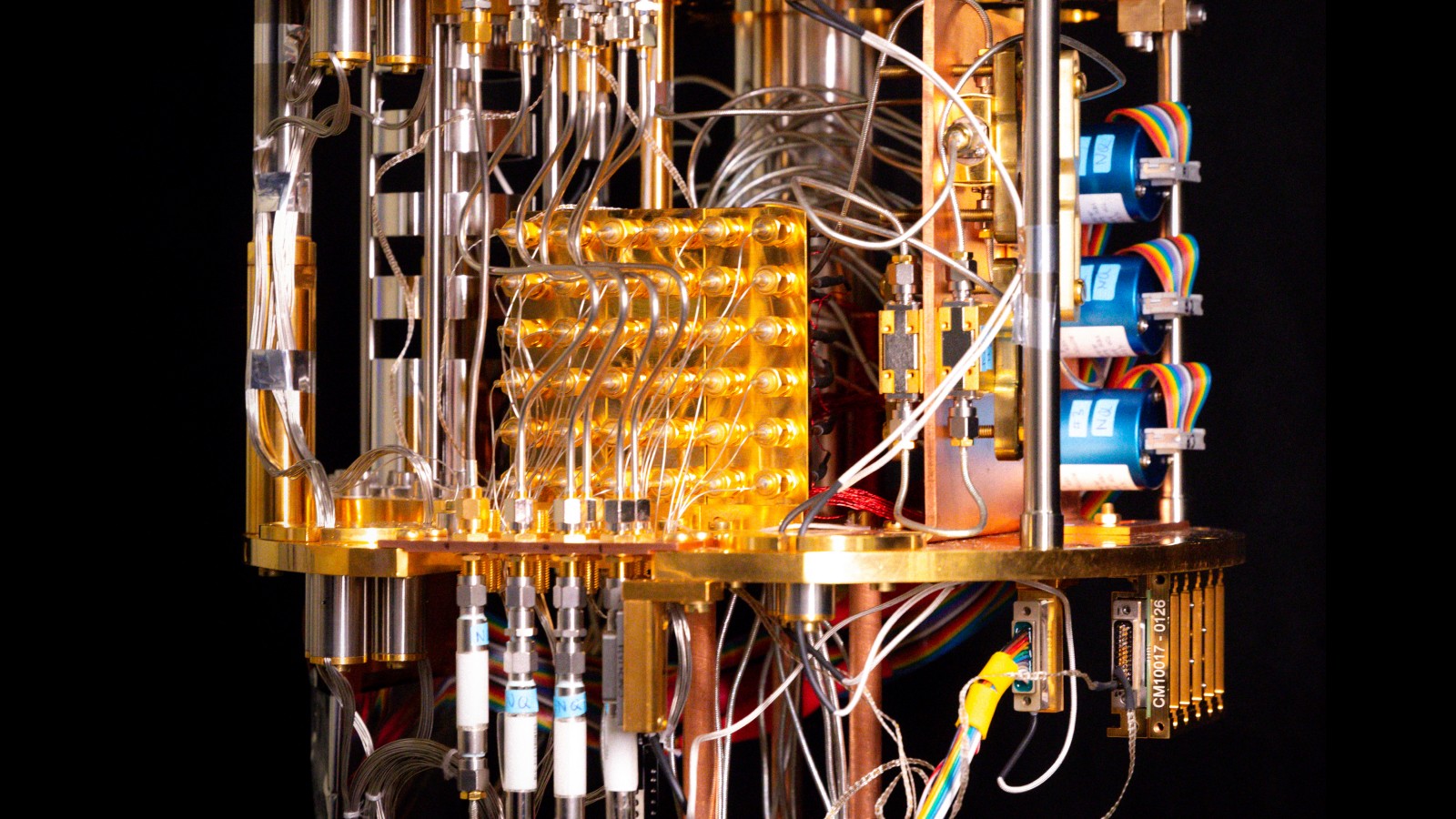Cells, Vol. 13, Pages 592: Consequences of Exposure to Hypobaric Hypoxia Associated with High Altitude on Spermatogenesis and Seminal Parameters: A Literature Review
Cells doi: 10.3390/cells13070592
Authors: Carlos Cornejo-Guerra Camila Salazar-Ardiles Patricio Morales David C. Andrade
Preclinical research has provided compelling evidence indicating that exposure to hypobaric hypoxia (HH) results in a deterioration of spermatogenesis. This adverse effect extends to the underlying molecular mechanisms, progressively leading to impairments in the seminiferous epithelium and germ cells and alterations in semen parameters. Indeed, several studies have demonstrated that animals exposed to HH, whether in natural high-altitude environments or under simulated hypoxic conditions, exhibit damage to the self-renewal and differentiation of spermatogenesis, an increase in germline cell apoptosis, and structural alterations in the seminiferous tubules. One of the primary mechanisms associated with the inhibition of differentiation and an increase in apoptosis among germ cells is an elevated level of oxidative stress, which has been closely associated with HH exposure. Human studies have shown that individuals exposed to HH, such as mountaineers and alpinists, exhibit decreased sperm count, reduced motility, diminished viability, and increased sperm with abnormal morphology in their semen. This evidence strongly suggests that exposure to HH may be considered a significant risk factor that could elevate the prevalence of male infertility. This literature review aims to provide a comprehensive description and propose potential mechanisms that could elucidate the infertility processes induced by HH. By doing so, it contributes to expanding our understanding of the challenges posed by extreme environments on human physiology, opening new avenues for research in this field.

 1 month ago
48
1 month ago
48

